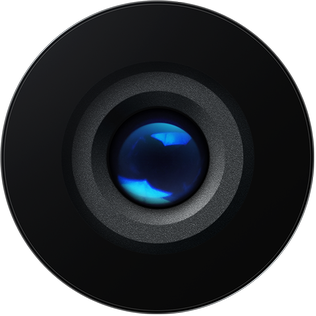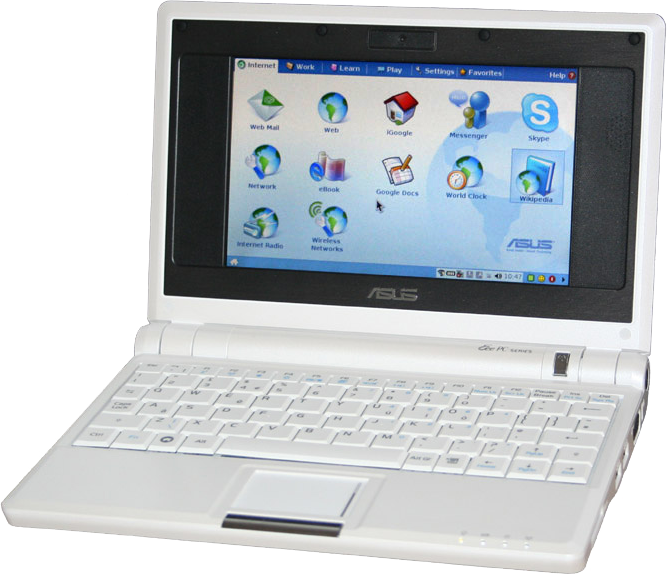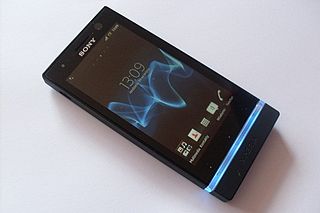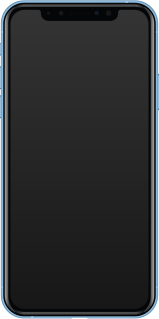
A digital camera is a camera that captures photographs in digital memory. Most cameras produced today are digital, largely replacing those that capture images on photographic film. Digital cameras are now widely incorporated into mobile devices like smartphones with the same or more capabilities and features of dedicated cameras. While there are still dedicated digital cameras, many more cameras are now incorporated into mobile devices like smartphones. High-end, high-definition dedicated cameras are still commonly used by professionals and those who desire to take higher-quality photographs.

A webcam is a video camera that feeds or streams an image or video in real time to or through a computer network, such as the Internet. Webcams are typically small cameras that sit on a desk, attach to a user's monitor, or are built into the hardware. Webcams can be used during a video chat session involving two or more people, with conversations that include live audio and video.

A camcorder is a self-contained portable electronic device with video and recording as its primary function. It is typically equipped with an articulating screen mounted on the left side, a belt to facilitate holding on the right side, hot-swappable battery facing towards the user, hot-swappable recording media, and an internally contained quiet optical zoom lens.

iSight is a brand name used by Apple Inc. to refer to cameras on various devices. The name was originally used for the external iSight webcam, which retailed for US$149, connected to a computer via a FireWire cable, and came with a set of mounts to place it atop any then current Apple display, laptop computer, all-in-one desktop computer, or flat surface.

QuickCam is a line of webcam video camera products by Logitech.

A stereo camera is a type of camera with two or more lenses with a separate image sensor or film frame for each lens. This allows the camera to simulate human binocular vision, and therefore gives it the ability to capture three-dimensional images, a process known as stereo photography. Stereo cameras may be used for making stereoviews and 3D pictures for movies, or for range imaging. The distance between the lenses in a typical stereo camera is about the distance between one's eyes and is about 6.35 cm, though a longer base line produces more extreme 3-dimensionality.

Digital photography uses cameras containing arrays of electronic photodetectors interfaced to an analog-to-digital converter (ADC) to produce images focused by a lens, as opposed to an exposure on photographic film. The digitized image is stored as a computer file ready for further digital processing, viewing, electronic publishing, or digital printing.
The merits of digital versus film photography were considered by photographers and filmmakers in the early 21st century after consumer digital cameras became widely available. Digital photography and digital cinematography have both advantages and disadvantages relative to still film and motion picture film photography. In the 21st century, photography came to be predominantly digital, but traditional photochemical methods continue to serve many users and applications.

Microsoft PixelSense is an interactive surface computing platform that allows one or more people to use and touch real-world objects, and share digital content at the same time. The PixelSense platform consists of software and hardware products that combine vision based multitouch PC hardware, 360-degree multiuser application design, and Windows software to create a natural user interface (NUI).

The ASUS Eee PC is a netbook computer line from Asus, and a part of the ASUS Eee product family. At the time of its introduction in late 2007, it was noted for its combination of a lightweight, Linux-based operating system, solid-state drive (SSD), and relatively low cost. Newer models added the options of Microsoft Windows operating system and rotating media hard disk drives (HDD), and initially retailed for up to 500 euros.
The "FinePix Z5 FD" is an ultracompact 6.3 megapixel digital camera produced by Fujifilm measuring 92.8(W) × 55.0(H) × 19.4(D)mm. It is an autofocus camera made in three colors: raspberry red, mocha brown, and silver. In Japan it was also available in a mix of black and white colors. As with other Finepix models, the Z5fd was also extensively promoted in Japan by Yuri "Ebi-chan" Ebihara. The camera uses a non-protruding, folded optics design Fujinon 3× zoom lens system (F3.5–F4.2) with a focal length of F6.1-18.3 mm which is equivalent to 36–108 mm on a 35 mm camera.

A digital microscope is a variation of a traditional optical microscope that uses optics and a digital camera to output an image to a monitor, sometimes by means of software running on a computer. A digital microscope often has its own in-built LED light source, and differs from an optical microscope in that there is no provision to observe the sample directly through an eyepiece. Since the image is focused on the digital circuit, the entire system is designed for the monitor image. The optics for the human eye are omitted.

The Motorola Droid Bionic is an Android-based, 4G LTE-capable smartphone designed by Motorola. It was originally scheduled for release in Q2 2011 but was delayed, eventually being released on 8 September 2011.

The Nokia E6-00 is a smartphone running the Symbian^3 operating system. It supersedes the Nokia E72 as the new Symbian business mobility solution from Nokia following its announcement on 12 April 2011. It shipped with the new "Symbian Anna" version of Symbian^3, and originally retailed for 340 euros before taxes.
HTC Sensation XL is touchscreen-based, slate-sized Android smartphone manufactured by HTC. It was announced on October 6, 2011 by HTC on their Beats Audio event at London and released worldwide on October 26, 2011. After its elder sibling HTC Sensation XE, the HTC Sensation XL was the second HTC phone to be equipped with Beats Audio sound enhancer technology. Two editions of the HTC Sensation XL were released; the only difference between these two models was that the limited edition was shipped with is Beats Solo's while the normal edition was shipped with the in-ear earphones of those on the Sensation XE.

The Sony Xperia U ST25i, codenamed Kumquat during its development, is an Android smartphone from Sony. It was launched at the 2012 Mobile World Congress held in Barcelona, and is the second Sony-only branded smartphone after Sony acquired Ericsson's stake in Sony Ericsson in January 2012. The Xperia U has a 3.5-inch (88.9 mm) touch-screen with the mobile BRAVIA engine which optimises the picture, a 1 GHz dual core processor, a 5 mega-pixel rear camera, 0.3 mega-pixel front camera, 512 MB of RAM, and 8 GB of internal storage. The cap at the bottom of the phone is interchangeable. The phone is shipped with four caps: pink, white, yellow and black.
The Samsung Galaxy Pocket Neo is an Android smartphone manufactured by Samsung. It was announced in March 2013 and released in May 2013 as the successor to the Samsung Galaxy Pocket Plus. The handset is still budget-oriented, sporting a larger 3-inch display. Its specifications are similar to that of the Samsung Galaxy Pocket Plus, with only minor upgrades such as the Android 4.1.2 Jelly Bean operating system and the display size. The Samsung Galaxy Pocket Neo, like its predecessors, is still marketed as "Pocket Friendly," because it can be slipped inside pockets easily despite the larger size.

The Nokia N1 is an Android-powered tablet developed by Nokia. Unveiled on 18 November 2014, it is Nokia's first mobile device since the sale of its original mobile phone business to Microsoft earlier in the year. It was released in China on 7 January 2015.

The Pixel 2 and Pixel 2 XL are a pair of Android smartphones designed, developed, and marketed by Google as part of the Google Pixel product line. They collectively serve as the successors to the Pixel and Pixel XL. They were officially announced on October 4, 2017 at the Made by Google event and released in the United States on October 19. On October 9, 2018, they were succeeded by the Pixel 3 and Pixel 3 XL.

The iPhone XR is a smartphone designed and manufactured by Apple Inc. It is part of the twelfth generation of the iPhone. Pre-orders began on October 19, 2018, with an official release on October 26, 2018.













